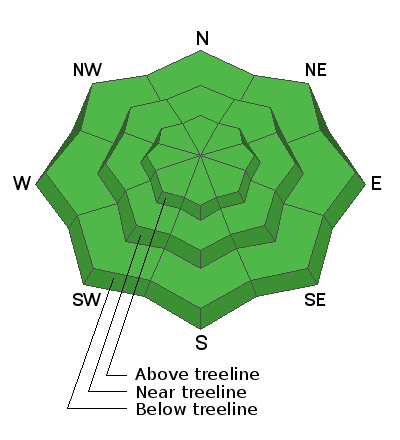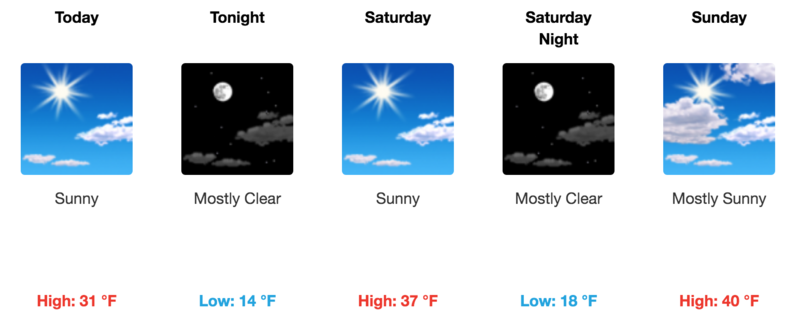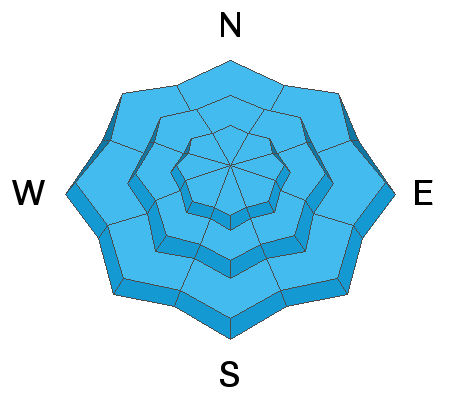The Backountry 101 course has been canceled.
Road Conditions: The road to Geyser Pass Trailhead is mostly down to the dirt. Some patchy areas of packed snow and ice remain and they are slick. AWD and good tires are recommended.
Grooming: Trails have not been groomed since the recent snowfall. Follow LUNA (Lower Utah Nordic Alliance) on Instagram @luna_moab
6:00 a.m. weather data:
24 Hour Snow 0" 72 Hour Snow 2" Base Depth at Gold Basin 41" Wind NW 5-15 Temp 10F
Dry sunny conditions and steadily warming temperatures are in store for the weekend. A much anticipated change in the weather pattern begins on Monday as a deepening trough begins to drop down over the region. Several bands of precipitation are expected to move through the state through midweek with Wednesday currently looking like the wettest for southern Utah. Do your rain dance, praise Ullr, or burn some skis and let's hope this winter turns back around before spring!
Snowpack
2" of low density snow fell on Wednesday. Wednesday night, NW winds blew in the 25-35 mph range with gusts to 50. As a result, we may see a few, thin wind slabs out there, particularly in higher, more wind exposed terrain, but in general our attention remains focused on the loose, sugary,
faceted snow that has formed near the surface during this extended period of high pressure. These near surface facets will become the next weak layer in the snowpack and they are starting to get covered up.
The weakest snow can be found on shady, northerly aspects right around treeline and below. In some of these areas, the entire snowpack has become loose and faceted. Above treeline, conditions are much more variable ranging from from wind scoured and sun crusted, to boiler plate. Where crusts are thin, the snow is faceting underneath. This makes mapping of this future weak layer tricky. Generally speaking, the more sheltered the area, the more likely the the surface is to be weak and faceted. When new snow finally comes, slope by slope analysis will be required when getting into steep terrain.










